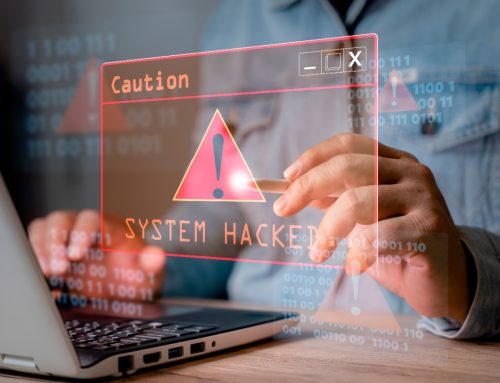Hybrid work has rapidly become the norm for many businesses. Among enterprises with over 2,500 employees, hybrid workers comprise 40% of the workforce, and 85% of security leaders have adapted their cybersecurity strategies for hybrid workforces.
As hybrid work continues taking hold, companies are responding with significant changes to policy, technology, and budgets to protect distributed employees.
As we enter 2023, we expect to see a more significant push towards deploying enterprise-grade security practices like EDR and NGAV at home.
Empowering the distributed workforce
With hybrid employees working outside the office at least some of the time, companies can no longer rely on traditional network-centric security models.
Instead, they are shifting focus to fortifying endpoints like laptops and mobiles with endpoint detection and response (EDR) and next-generation antivirus (NGAV).
EDR uses AI and machine learning to identify malicious behaviours and trigger alerts. Security teams can then quickly investigate incidents and quarantine files to contain threats.
Application isolation is also gaining popularity, allowing risky tasks like opening dodgy email attachments to occur in secure virtual containers.
Leading with a zero-trust approach
Many organisations are transitioning to a zero-trust security model for their hybrid workforces. This means no longer assuming “safe” activities based on devices or networks.
Instead, multifactor authentication and least privilege access are used to verify access to all resources. Zero trust better aligns with work-from-anywhere environments.
Zero trust dictates that all access requests are authenticated and authorised through multifactor authentication and least privilege access. Workers are granted only the minimum access needed to do their jobs.
This better aligns with work-from-anywhere environments where users, devices and resources sit outside the traditional network perimeter.
Partnerships to augment security
With talent shortages in cybersecurity, outsourcing security services has become an attractive option for many companies.
Nearly half of the security leaders surveyed utilise managed cyber security providers (MSSPs) to help protect remote and hybrid workers.
MSSPs provide 24/7 monitoring of endpoints both on and off the corporate network. They can rapidly detect and respond to threats across a distributed workforce.
HP at the Forefront
HP Wolf Security includes AI-driven endpoint protection and isolation built into devices, helping organisations enable secure remote work. Features like HP Sure Click contain suspect links and attachments in micro-virtual machines.
With cloud-based threat intelligence and zero-trust workflows, HP enterprise solutions enable the distributed workforce. As hybrid work evolves, HP helps leaders balance flexibility, productivity, and security.
The road ahead for hybrid work security
Hybrid work is here to stay, and companies must continue adapting to secure distributed teams. Investing in critical areas like endpoint security, zero-trust architectures, and partnerships can empower flexibility while minimising risk.
Technologies like HP Wolf Security embedded at the hardware level provide protection that travels with devices everywhere, while proactive strategies and defence-in-depth provide an ideal balance of productivity, employee experience and cyber resilience.





